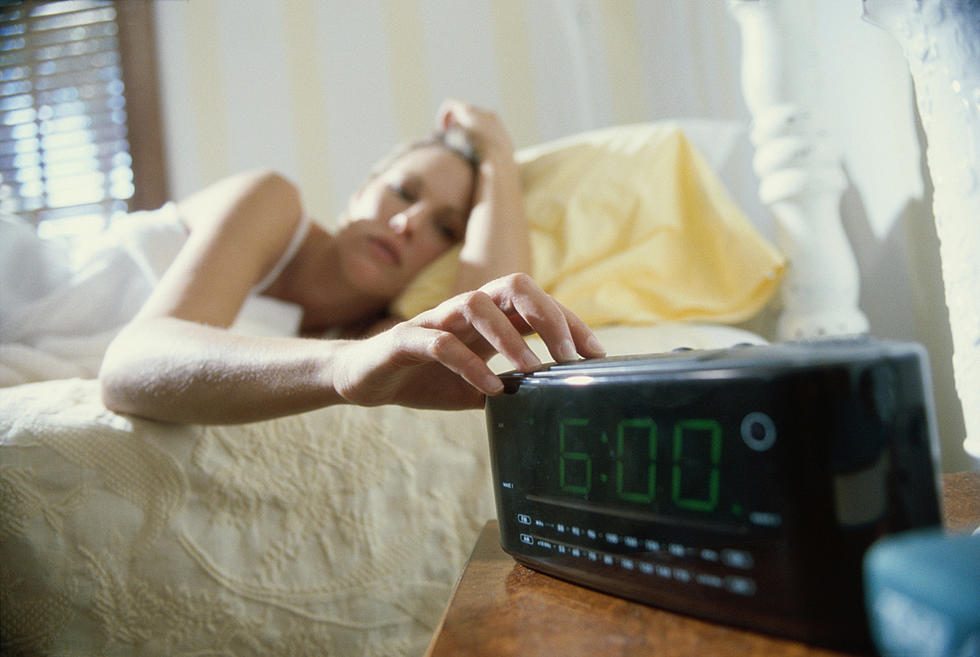
Time to Change Your Clocks — History and Facts
We will set our clocks back by one hour this weekend. You'll get an extra hour of sleep and feel like you are late every where you go for the first week or two but the downside is it will likely be dark by the time you get home from work.
Where and when did the time change start? According to Web Exhibits:
Standard time in time zones was instituted in the U.S. and Canada by the railroads on November 18, 1883. Prior to that, time of day was a local matter, and most cities and towns used some form of local solar time, maintained by a well-known clock (on a church steeple, for example, or in a jeweler's window). The new standard time system was not immediately embraced by all, however. (The train at right is a Union locomotive used during the American Civil War, photo ca. 1861-1865.)
The first man in the United States to sense the growing need for time standardization was an amateur astronomer, William Lambert, who as early as 1809 presented to Congress a recommendation for the establishment of time meridians. This was not adopted, nor was the initial suggestion of Charles Dowd of Saratoga Springs, N.Y., in 1870. Dowd revised his proposal in 1872, and it was adopted virtually unchanged by U.S. and Canadian railways eleven years later.
Falling back by one hour will be a benefit to the kids that must walk to school each morning. They will no longer be walking in the dark. Another benefit is that feeling of sleeping in an hour.
Also remember to change the batteries in your smoke alarms this weekend when you turn all of your clocks back for the time change. It is a good habit to get into for each time change.
More From Power 95.9









